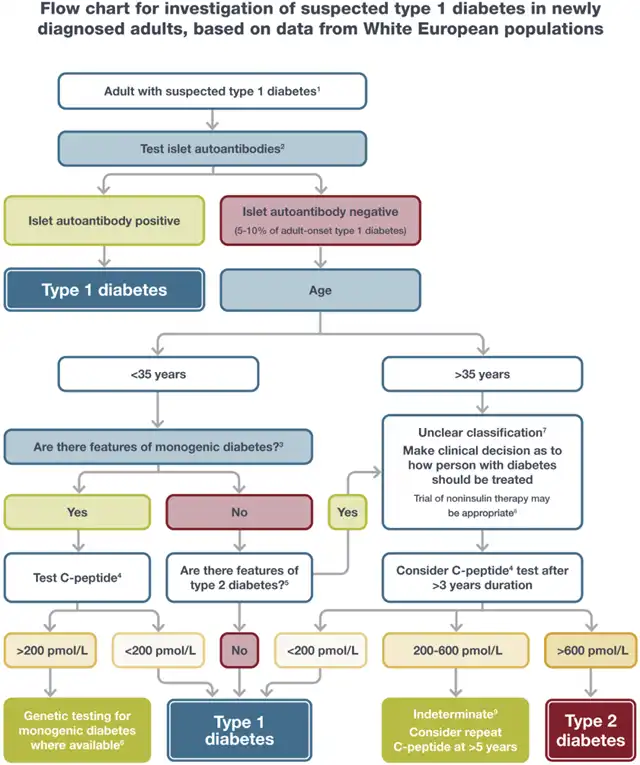Key Updates of 2024 ADA Diabetes Diagnosis and Treatment Standards
- Normal Liver Cells Found to Promote Cancer Metastasis to the Liver
- Nearly 80% Complete Remission: Breakthrough in ADC Anti-Tumor Treatment
- Vaccination Against Common Diseases May Prevent Dementia!
- New Alzheimer’s Disease (AD) Diagnosis and Staging Criteria
- Breakthrough in Alzheimer’s Disease: New Nasal Spray Halts Cognitive Decline by Targeting Toxic Protein
- Can the Tap Water at the Paris Olympics be Drunk Directly?
Key Updates of 2024 ADA Diabetes Diagnosis and Treatment Standards
- Should China be held legally responsible for the US’s $18 trillion COVID losses?
- CT Radiation Exposure Linked to Blood Cancer in Children and Adolescents
- FDA has mandated a top-level black box warning for all marketed CAR-T therapies
- Can people with high blood pressure eat peanuts?
- What is the difference between dopamine and dobutamine?
- How long can the patient live after heart stent surgery?
Key Updates of 2024 ADA Diabetes Diagnosis and Treatment Standards.
The 2024 edition of the American Diabetes Association (ADA) Diabetes Diagnosis and Treatment Standards, referred to as ADA Guidelines, has been officially released.
The new guidelines include recommended updates, modifications in wording, and additional evidence.
Here’s a summary of the clinically significant updates:
-
Diagnosis and Classification of Diabetes:
- Introduced Figure 2.1, providing a structured framework for diagnosing adult patients with suspected type 1 diabetes.
- Added Recommendation 2.8: Suggested standardized islet autoantibody testing for adults with risk factors for type 1 diabetes.
- Added Recommendations 2.15a and 2.15b: Advised diabetes screening for patients taking medications with elevated blood glucose risk.
- Added Recommendation 2.17: Recommended diabetes screening for patients post-acute pancreatitis within 3-6 months and annually for chronic pancreatitis patients.
- Modified Recommendation 2.19: Acknowledged the clinical use of HbA1c in cystic fibrosis-related diabetes screening despite its low sensitivity.

-
Diabetes Prevention and Delay:
- Added Recommendation 3.2: Proposed HbA1c monitoring every 6 months for subclinical type 1 diabetes patients.
- Added Recommendation 3.15: Consideration of Teplizumab-mzwv infusion for stage 2 type 1 diabetes patients aged ≥8.
-
Antihyperglycemic Medications:
- Type 1 Diabetes:
- Updated Recommendation 9.2: Insulin analogs or inhaled insulin preferred over injected human insulin for most adult type 1 diabetes patients.
- Added Recommendation 9.3: Encouraged early continuous glucose monitoring (CGM) use in adult type 1 diabetes patients.
- Added Recommendation 9.4: Consideration of automatic insulin delivery (AID) systems for all adult type 1 diabetes patients.
- Added Recommendation 9.7: Regular reassessment of insulin therapy and usage every 3-6 months.
- Type 2 Diabetes:
- Updated Recommendation 9.14: Consideration of early combination therapy for adult type 2 diabetes patients.
- Added Recommendation 9.15: Individualized blood glucose and weight goals for adult type 2 diabetes patients without cardiovascular or kidney diseases.
- Added Recommendation 9.16: Personalized choice of subsequent antihyperglycemic drugs for adult type 2 diabetes patients.
- Added Recommendation 9.17: Additional weight management interventions for adult type 2 diabetes patients not reaching personalized weight goals.
- Updated Recommendation 9.18: Inclusion of SGLT-2 inhibitors and/or GLP-1 receptor agonists for high-risk adult type 2 diabetes patients.
- Added Recommendation 9.19: SGLT-2 inhibitors recommended for heart failure prevention in adult type 2 diabetes patients with heart failure.
- Added Recommendation 9.20 and 9.21: Specific recommendations for CKD patients with type 2 diabetes regarding SGLT-2 inhibitors and GLP-1 receptor agonists.
- Updated Recommendation 9.22: Consideration of insulin in adults with type 2 diabetes showing signs of ongoing catabolism.
- Updated Recommendations 9.23 to 9.26: Guidance on insulin and other antihyperglycemic drugs for type 2 diabetes patients.
- Type 1 Diabetes:
-
Complications Assessment:
- Added Recommendations 4.9 to 4.14: Included regular assessment and treatment for bone health in elderly diabetes patients.
- Discussed changes in the nomenclature of non-alcoholic fatty liver disease.
-
Lifestyle Management:
- Added Recommendation 5.13: Dietary principles for prediabetes and diabetes patients.
- Updated Recommendation 5.20: Suggested consideration of the Mediterranean diet for cardiovascular risk reduction and glucose metabolism improvement.
- Introduced information on religious fasting and the concept of time-restricted eating.
-
Hypoglycemia:
- Added Recommendations 6.8a and 6.8b: Clarified circumstances suitable for discontinuing diabetes medications in high-risk individuals.
- Added Recommendation 6.11d: Suggested continuous glucose monitoring for high-risk individuals.
-
Obesity Treatment and Weight Management:
- Expanded Recommendations 8.2a, 8.2b, and 8.3: Encouraged personalized assessment of body fat mass and distribution.
- Updated Recommendation 8.11a: Advised long-term weight maintenance for those who achieved weight loss goals.
-
Cardiovascular and Renal Protection:
- Updated Recommendation 10.12: Recommended monitoring of serum creatinine/estimated glomerular filtration rate and potassium after initiating specific treatments.
- Added Recommendation 10.24: Suggested bempedoic acid therapy for diabetes patients intolerant to statins.
- Added Recommendation 10.28b: Proposed combined therapy for cholesterol reduction.
This summary provides an overview of the key updates in the 2024 ADA Diabetes Diagnosis and Treatment Standards.
For the complete guidelines, you can refer to the official ADA website.
Please note: This article is not all updated. For more information, please view the complete guide ~
Guide download address
Key Updates of 2024 ADA Diabetes Diagnosis and Treatment Standards
(source:internet, reference only)
Disclaimer of medicaltrend.org
Important Note: The information provided is for informational purposes only and should not be considered as medical advice.



